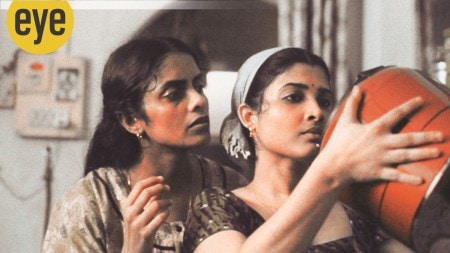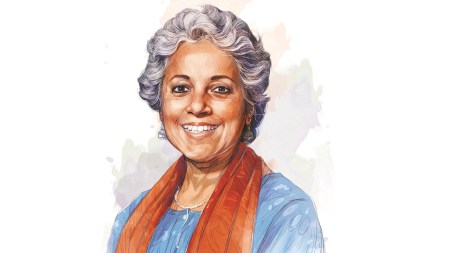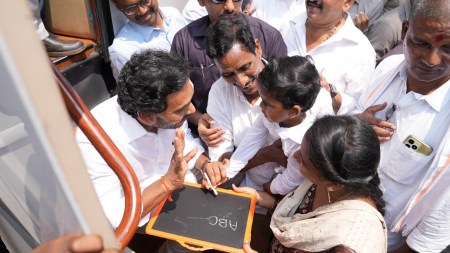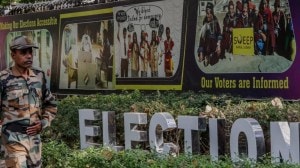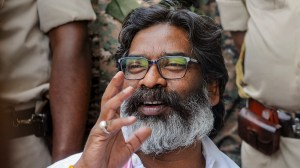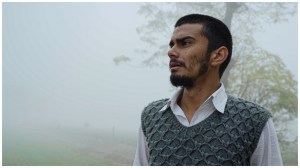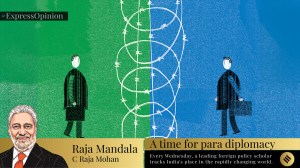- India
- International
Explained: As Donald Trump halts money to WHO, a look at how it is funded
At present, the United States is the World Health Organization's biggest contributor, making up 14.67 per cent of total funding.
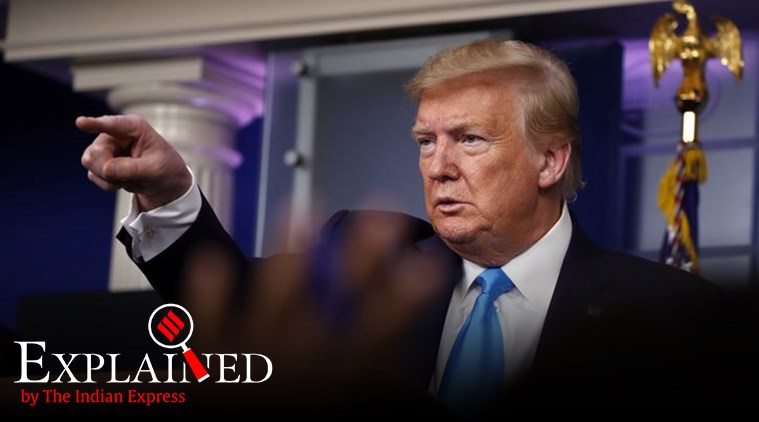 President Donald Trump speaks at a coronavirus press briefing in the White House on Tuesday. (Photo: AP)
President Donald Trump speaks at a coronavirus press briefing in the White House on Tuesday. (Photo: AP)
US President Donald Trump halted US funding to the World Health Organization (WHO) on Tuesday, days after he said the international group had “missed the call” on the coronavirus pandemic.
Trump had said the body had “called it wrong” on COVID-19 and that it was very “Chinacentric” in its approach, suggesting that the WHO had gone along with Beijing’s efforts months ago to under-represent the severity of the outbreak.
Explained: How is the WHO funded?
There are four kinds of contributions that make up funding for the WHO. These are assessed contributions, specified voluntary contributions, core voluntary contributions, and PIP contributions.
According to the WHO website, assessed contributions are the dues countries pay in order to be a member of the Organization. The amount each Member State must pay is calculated relative to the country’s wealth and population.
Voluntary contributions come from Member States (in addition to their assessed contribution) or from other partners. They can range from flexible to highly earmarked.

📢 Express Explained is now on Telegram. Click here to join our channel (@ieexplained) and stay updated with the latest
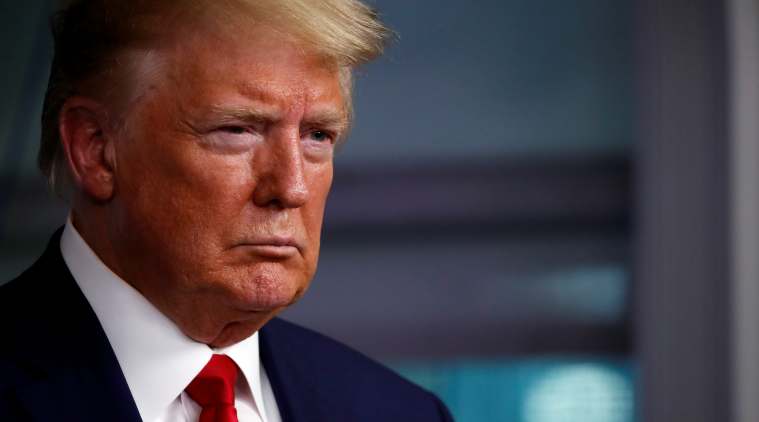 “They should have known and they probably did know,” Trump said of WHO officials. (AP Photo: Alex Brandon)
“They should have known and they probably did know,” Trump said of WHO officials. (AP Photo: Alex Brandon)
Core voluntary contributions allow less well-funded activities to benefit from a better flow of resources and ease implementation bottlenecks that arise when immediate financing is lacking.
Also Read | How the UK government works with Boris Johnson in intensive care
Pandemic Influenza Preparedness (PIP) Contributions were started in 2011 to improve and strengthen the sharing of influenza viruses with human pandemic potential, and to increase the access of developing countries to vaccines and other pandemic related supplies.
In recent years, assessed contributions to the WHO have declined, and now account for less than one-fourth of its funding. These funds are important for the WHO, because they provide a level of predictability and minimise dependence on a narrow donor base.
Voluntary contributions make up for most of the remaining funding.
WHO’s current funding pattern
As of fourth quarter of 2019, total contributions were around $5.62 billion, with assessed contributions accounting for $956 million, specified voluntary contributions $4.38 billion, core voluntary contributions $160 million, and PIP contributions $178 million.
The United States is currently the WHO’s biggest contributor, making up 14.67 per cent of total funding by providing $553.1 million.
The US is followed by the Bill & Melinda Gates Foundation forming 9.76 per cent or $367.7 million.
The third biggest contributor is the GAVI Vaccine Alliance at 8.39 per cent, with the UK (7.79 per cent) and Germany (5.68 per cent) coming fourth and fifth respectively.
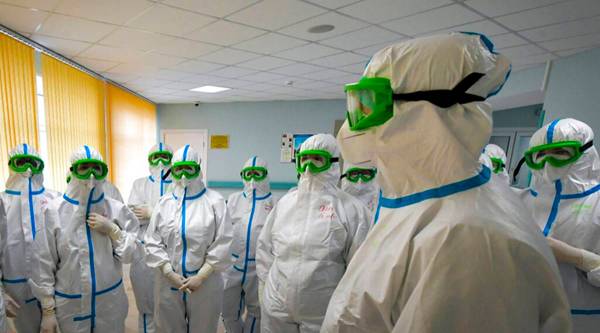 COVID-19 is the name given by WHO to an infectious disease caused by the new virus. (AP Photo/File)
COVID-19 is the name given by WHO to an infectious disease caused by the new virus. (AP Photo/File)
The four next biggest donors are international bodies: United Nations Office for the Coordination of Humanitarian Affairs (5.09 per cent), World Bank (3.42 per cent), Rotary International (3.3 per cent), and the European Commission (3.3 per cent). India makes up 0.48 per cent of total contributions, and China 0.21 per cent.
Don’t Miss from Explained | Why 5G is being linked to COVID-19 and facing a backlash
Out of the total funds, $1.2 billion is allotted for the Africa region, $1.02 billion for Eastern Mediterranean region, $963.9 million for the WHO headquarters, followed by South East Asia ($198.7 million), Europe ($200.4 million), Western Pacific ($152.1 million), and Americas (39.2 million) regions respectively. India is part of the South East Asia region.
The biggest programme area where the money is allocated is polio eradication (26.51 per cent), followed by increasing access to essential health and nutrition services (12.04 per cent), and preventable diseases vaccines (8.89 per cent).
Here’s a quick Coronavirus guide from Express Explained to keep you updated: What can cause a COVID-19 patient to relapse after recovery? | COVID-19 lockdown has cleaned up the air, but this may not be good news. Here’s why | Can alternative medicine work against the coronavirus? | A five-minute test for COVID-19 has been readied, India may get it too | How India is building up defence during lockdown | Why only a fraction of those with coronavirus suffer acutely | How do healthcare workers protect themselves from getting infected? | What does it take to set up isolation wards?
More Explained
EXPRESS OPINION
May 22: Latest News
- 01
- 02
- 03
- 04
- 05




